
As 1967 is generally considered the first full year of ‘New Hollywood’ films, 1976 is usually considered the year in which the cycle of films began to wind down.
Gritty urban stories such as Taxi Driver and Marathon Man were still leading the way at the box office, while Network’s Howard Beale urged audiences to get up, go to the window and yell “I’m mad as Hell, and I’m not going to take it anymore!” Sylvester Stallone’s Rocky was the sensation of the year, winning over audiences and critics while even taking the crown of Best Picture of the Year at the Academy Awards.
Old Hollywood favorites Alfred Hitchcock and John Wayne made their final bows in ’76. It was the country’s bicentennial year and was truly the end of an era, as in 1977 Star Wars became a blockbuster hit and changed the face of Hollywood filmmaking forever. Here then is a look back at the best films released in the U.S. in 1976, the end of the ‘New Hollywood’ era and the beginning of Hollywood as we know it now.
25. The Killing of a Chinese Bookie (John Cassavetes)
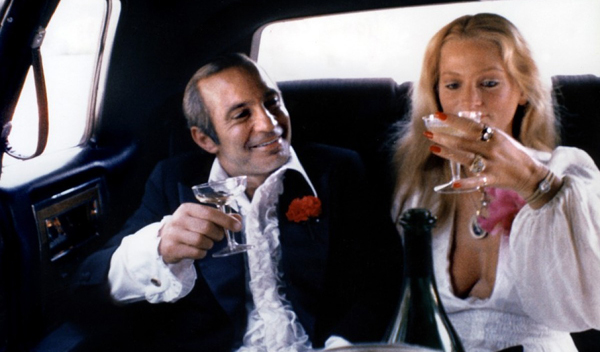
Working largely as an independent and funded by his own acting career, John Cassavetes made a series of interesting films beginning in the late 1950’s through the 1980’s. One of the best of these was The Killing of a Chinese Bookie, released in the summer of 1976. Ben Gazzara is Cosmo Vittelli, a strip club owner with a gambling problem. When he runs up a large gambling debt with the wrong people, Vittelli has to agree to take part in a murder scheme against his will.
Cassavetes’ films were shot on the fly, featuring unconventional camera work that gave his actors plenty of room to improvise. This film follows the conventions of a typical thriller, but in his usual style the director breaks all the rules. The results are interesting but at times frustrating for audiences expecting a more straightforward narrative, but The Killing of a Chinese Bookie is still one of the director’s best works.
24. Small Change (Francois Truffaut)
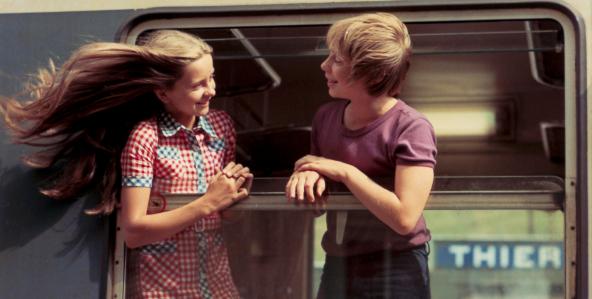
Director Francois Truffaut, a leading director of the French New Wave, released one of his most critically acclaimed films in 1976, Small Change (it was released in some areas as Pocket Money).
The film takes place in the small French town of Thiers and follows the stories of various children in the area, as well as a young teacher having her first child and a single mother hoping to meet a new man. There is also an ongoing story about Julien, a child from an abusive home. Despite the trials and tribulations that the characters in the film endure, in the end they mostly come to the conclusion that life is a wonderful thing.
The critics loved Small Change, with Roger Ebert praising the film and calling it his favorite of the year. Truffaut shot the film in a semi documentary style and included non-actors in the cast. Small Change is the kind of offbeat film that could only come from a director like Truffaut, who loved experimentation with narrative styles.
23. Next Stop, Greenwich Village (Paul Mazursky)
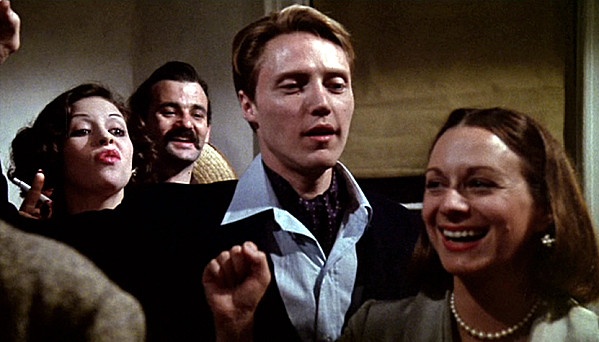
A ‘slice of life’ film set in the early 1950’s. Next Stop, Greenwich Village featured Lenny Baker as Larry Lapinsky, a thinly veiled version of director Paul Mazursky. Lapinsky decides to leave home and move into bohemian Greenwich Village in 1953, despite the objections of his mother, Faye (perfectly cast Shelly Winters). Along with girlfriend Sarah (Ellen Greene), Larry meets a number of colorful characters in The Village and learns how to deal with life and relationships in this coming of age film.
Next Stop, Greenwich Village took viewers back to a time just before rock ’n roll and television took over America and it’s look back to a more innocent age was nostalgic and wistful for a generation that had survived Vietnam and Watergate. Director Paul Mazursky would go on to make a number of adult dramas and, while this film did moderately well, he would have more success with the Jill Clayburgh vehicle An Unmarried Woman in 1978.
22. The Seven Percent Solution (Herbert Ross)
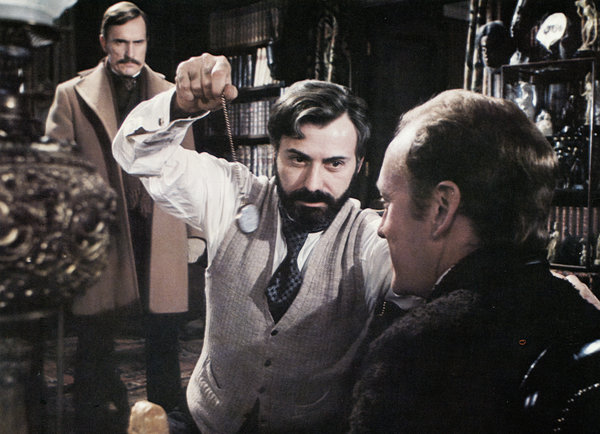
Told from the point of view of Dr. Watson (Robert Duvall), The Seven Percent Solution is the story of Watson’s attempts to free brilliant detective Sherlock Holmes (Nicol Williamson) from both his delusions about professor Moriarty (Laurence Olivier) and his addiction to cocaine. Watson enlists the aid of Holmes’ brother to trick the detective into going to Vienna, where he hopes to cure him under the treatment of psychiatrist Sigmund Freud (Alan Arkin).
The Seven Percent Solution was based on a novel by Nicholas Meyer, and it took the unusual strategy of mixing fictional characters Holmes and Watson with the real life historical figure of Freud. Directed solidly by veteran Herbert Ross and featuring strong supporting performances by Vanessa Redgrave, Joel Grey and Samantha Eggar, The Seven Percent Solution was well received by both critics and audiences when it came out in the fall of 1976.
21. Robin and Marian (Richard Lester)
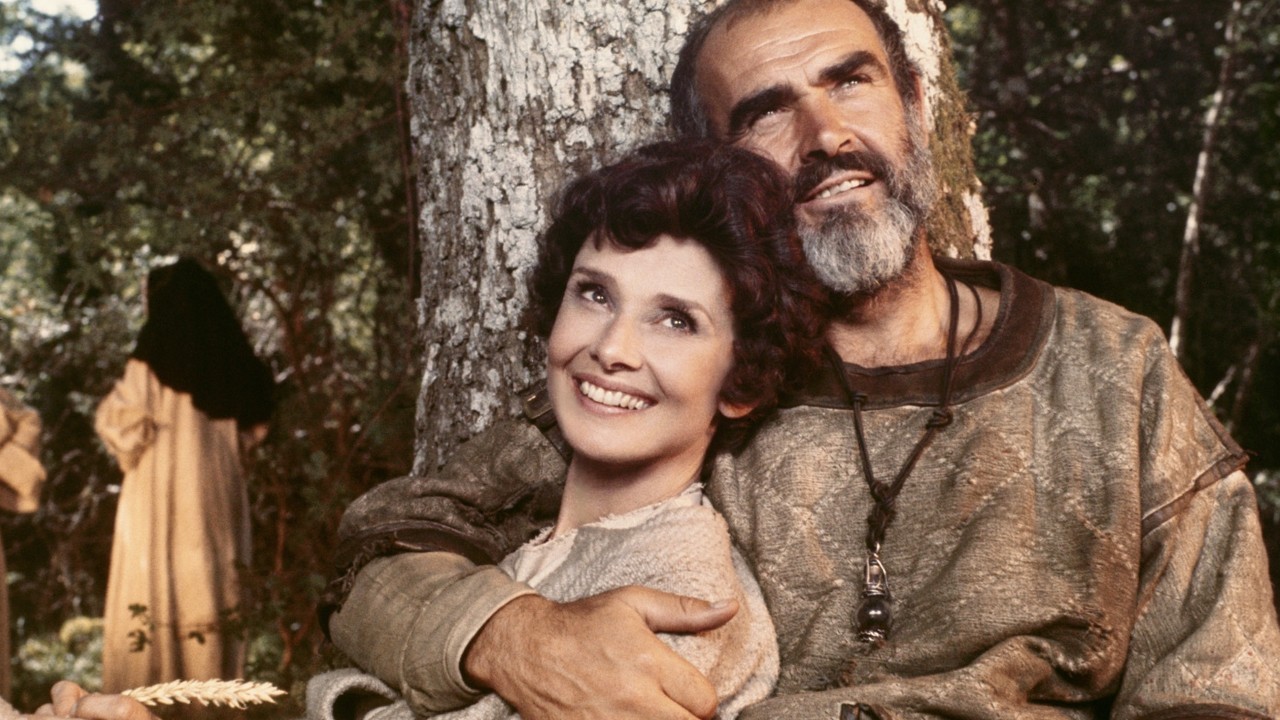
An aging Robin Hood (Sean Connery) and his trusted sidekick Little John (Nicol Williamson again) return to Sherwood Forest after fighting for Richard the Lionhearted. Robin goes to find Maid Marian (Audrey Hepburn) and rescues her from an abbey over her protests, only to arouse the ire of his old foe, the Sheriff of Nottingham (Robert Shaw).
Robin eventually kills the Sheriff after a lengthy dual, but his band of men are driven off and the wounded Robin and Marian return to the Abbey, where they are reunited at last.
Another offbeat take on an off told story, Robin and Marian featured Connery breaking away from his image as super spy James Bond and Hepburn returning to films after a lengthy absence. Their chemistry on screen was unmistakable, and the two iconic performers were at the top of their game, surrounded by an excellent supporting cast in this compelling film.
20. The Front (Martin Ritt)

Hollywood addresses one of it’s darkest moments in a lightly comic way in The Front, directed by veteran Martin Ritt from a script by Walter Bernstein (both of whom were blacklisted). Howard Prince (Woody Allen) is a small time bookie and cashier who agrees to serve as a “front” for a number of blacklisted writers, submitting their work under his name.
Along the way, Howard befriends comedian Hecky Brown (Zero Mostel), who eventually commits suicide due to the pressure of the blacklist. Eventually, Howard is called before congress to testify and must decide if he is going to turn in those he has been helping or face the ire of the politicians attempting to rid the country of the stain of Communism.
Featuring a number of actors who themselves were blacklisted (including Mostel), The Front is a bittersweet comic film dealing with a harsh and difficult period in the history of the film industry.
Allen is excellent as Howard Prince, milking his usual nebbish character to great effect as he at once enjoys his ‘success’ as a front while worrying about the consequences of his actions. For those too young to remember it, The Front taught audiences a valuable lesson about the dangers of submitting to the pressure of informing on your friends.
19. 1900 (Bernardo Bertolucci)
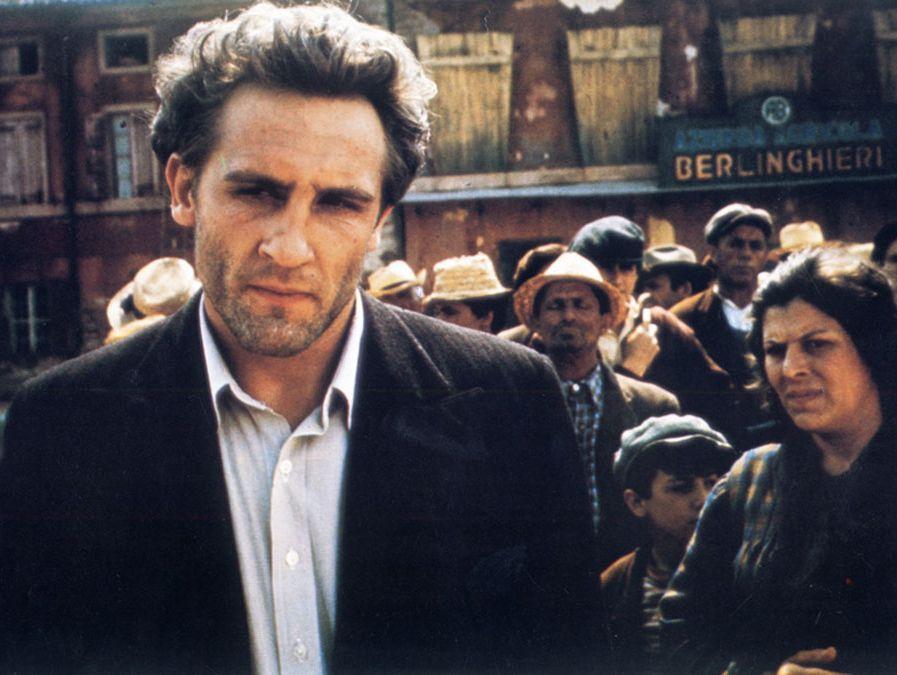
1900 is an epic film stretching over the years of the early part of the 20th century leading up to and through the life changing events of World War II. Directed by Italian master Bernardo Bertolucci, the film features Robert De Niro as Alfred Berlinghieri and Gerard Depardieu as Olmo Dalco, two friends who grow up together despite their vastly differing social status. Berlinghieri comes from a wealthy family of landowners, while Dalco identifies with the working class and favors socialism.
Eventually, the events in Italy at the end of World War II result in the two men facing an ultimate struggle in which Berlinghieri is put on trial for his life, accused by the working class of forcing them to suffer in squalor; Dalco finds that he now must defend his old friend despite their differences.
1900 faced a struggle of its own between director Bertolucci and producer Albert Grimaldi, who was contractually obligated to deliver a cut of the film to Paramount Pictures that ran no more than 3 hours, 15 minutes. Bertolucci wanted a much longer cut of over five hours released, insisting that the film be divided into two parts if need be.
A compromise cut of the film at just over four hours was finally released, but nobody was ultimately happy with the results. Bertolucci eventually saw his original cut released some years later, and also had the satisfaction of winning the Academy Award for Best Director in 1987 for his epic film The Last Emperor.
18. The Omen (Richard Donner)
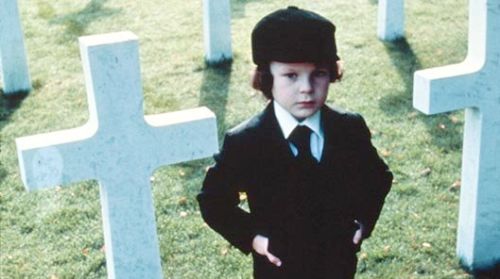
The 1973 film The Exorcist was such a huge hit that studios were eager to green light films about possessed children, and three years later The Omen became another massive success in this genre. Richard Thorn (Gregory Peck) is an American diplomat in London, who agrees to adopt a child named Damien after his own child dies in childbirth, although he doesn’t inform his wife (Lee Remick) of the situation.
As Damien grows, a series of bizarre circumstances begin to lead Thorn to believe there is something unusual about the child, particularly after a priest who tried to warn Thorn about Damien is killed. A photographer (David Warner) takes up the cause and he and Thorn begin to investigate Damien’s unusual background and birth, as more and more horrendous events befall the ambassador and his wife.
The Omen was one of the top grossing films of 1976 and spawned a series of sequels about Damien and the evil that he brings to humankind as he grows up. A well made and entertaining thriller with a top notch cast, the film brought audiences swarming to the theaters despite the somewhat bizarre subject matter of the film.
Continuing on in the tradition of Rosemary’s Baby and The Exorcist, The Omen showed that audiences would continue to be interested in the struggle between good and evil and the possibility that the devil does exist in human form.